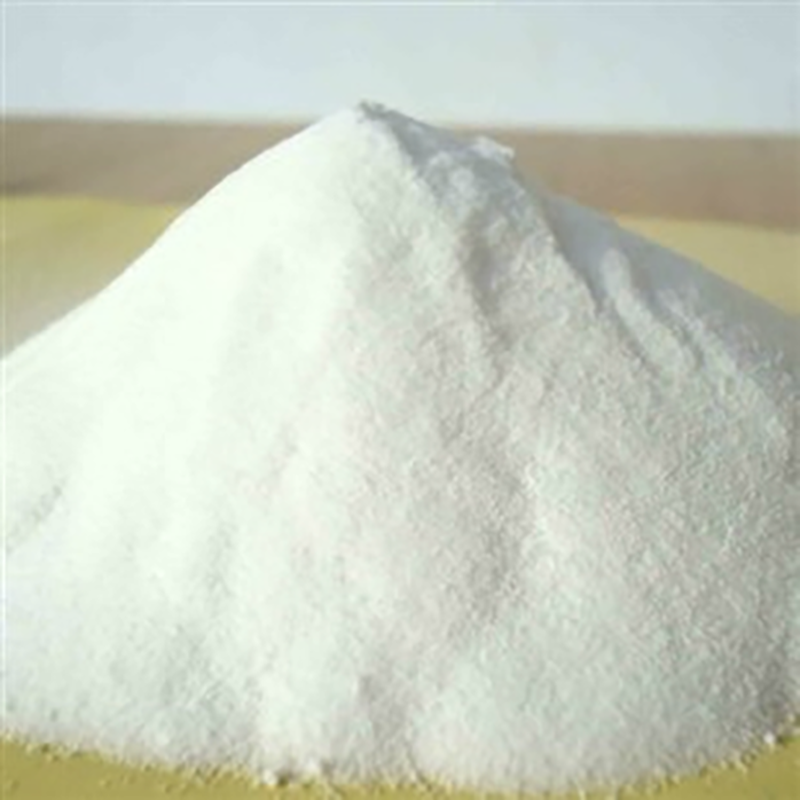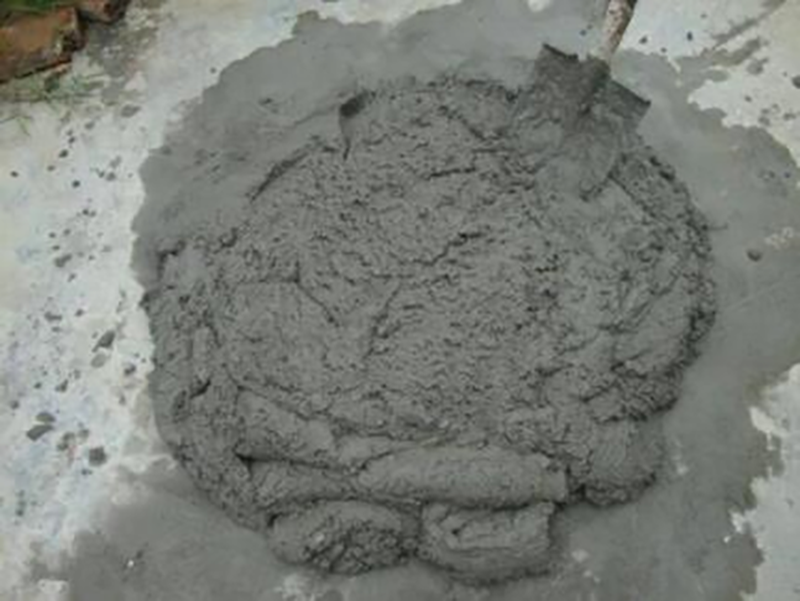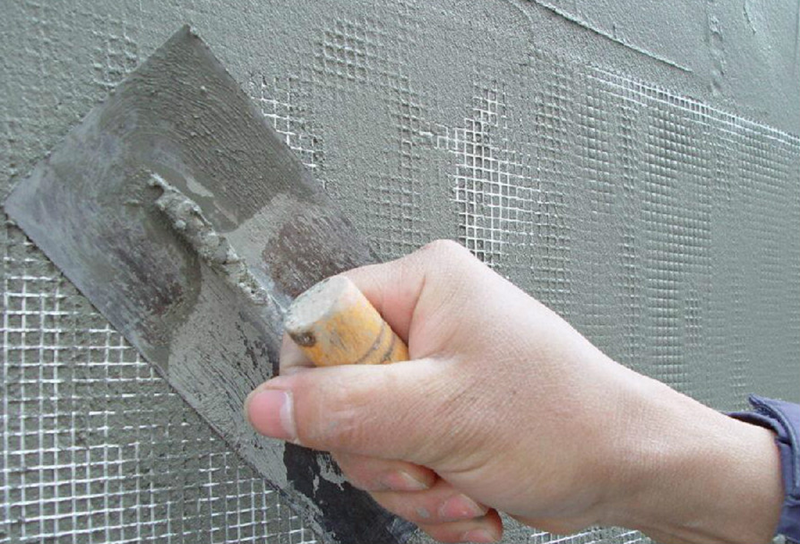Water retention of cellulose ethers
Water retention of mortar refers to the ability of mortar to retain and lock moisture. The higher the viscosity of cellulose ether, the better the water retention. Because the cellulose structure contains hydroxyl and ether bonds, the oxygen atom on the hydroxyl and ether bond group is associated with the water molecule to form hydrogen bonds, so that the free water becomes bound water and winds the water, thus playing the role of water retention.

Solubility of cellulose ether
1. The coarser cellulose ether is easily dispersed in water without agglomeration, but the dissolution rate is very slow. Cellulose ethers under 60 mesh are dissolved in water for about 60 minutes.
2. Fine particles of cellulose ether are easily dispersed in water without agglomeration, and the dissolution rate is moderate. More than 80 mesh cellulose ether is dissolved in water for about 3 minutes.
3. Ultra-fine cellulose ether disperses quickly in water, dissolves quickly, and forms a fast viscosity. More than 120 mesh cellulose ether is dissolved in water for about 10-30 seconds.

The finer the particles of cellulose ether, the better the water retention. The surface of coarse Cellulose Ether HEMC dissolves immediately after contact with water and forms a gel phenomenon. The glue wraps the material to prevent water molecules from continuing to penetrate, and sometimes cannot be evenly dispersed and dissolved after a long time of agitation, forming a turbidized flocculent solution or caking. The fine particles immediately disperse and dissolve in contact with water to form a uniform viscosity.

Aeration of cellulose ether
The aeration of cellulose ether is mainly because cellulose ether is also a kind of surfactant, and the interfacial activity of cellulose ether mainly occurs at the gas-liquid-solid interface, first by introducing bubbles, followed by dispersion and wetting. Cellulose ethers contain alkyl groups, which significantly reduce the surface tension and interfacial energy of water, making the aqueous solution easily produce many small closed bubbles during agitation.
Gelatinicity of cellulose ethers
After the cellulose ether is dissolved in the mortar, the methoxy group and hydroxypropyl group on the molecular chain will interact with the calcium and aluminum ions in the slurry to form a viscous gel and fill the void of the cement mortar, improving the densification of the mortar and playing the role of flexible filling and reinforcing. However, when the composite matrix is pressed, the polymer can not play a rigid supporting role, so the strength and compression folding ratio of the mortar decrease.
Film forming properties of cellulose ether
A thin latex film is formed between cellulose ether and cement particles after hydration, which has a sealing effect and improves the surface drying of mortar. Due to the good water retention of cellulose ether, enough water molecules are preserved in the interior of the mortar, so as to ensure the hydration and hardening of cement and the complete development of strength, improve the bonding strength of the mortar, and improve the cohesiveness of the mortar, so that the mortar has good plasticity and flexibility, and reduce the shrinkage deformation of the mortar.
Post time: Mar-12-2024





